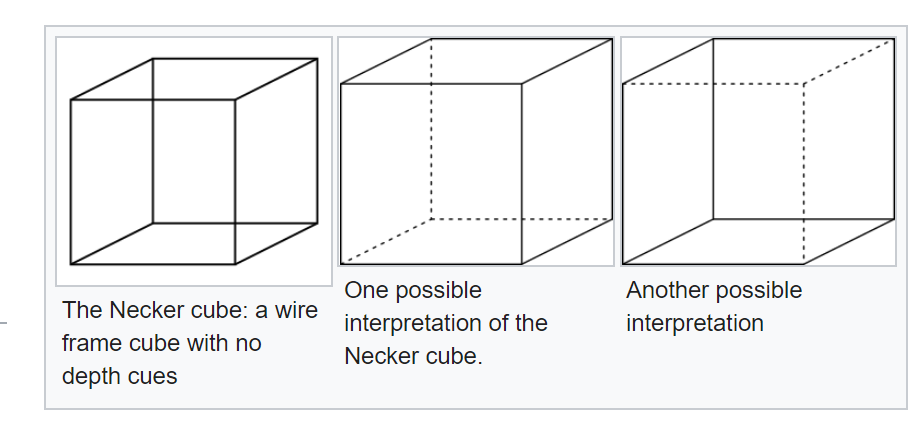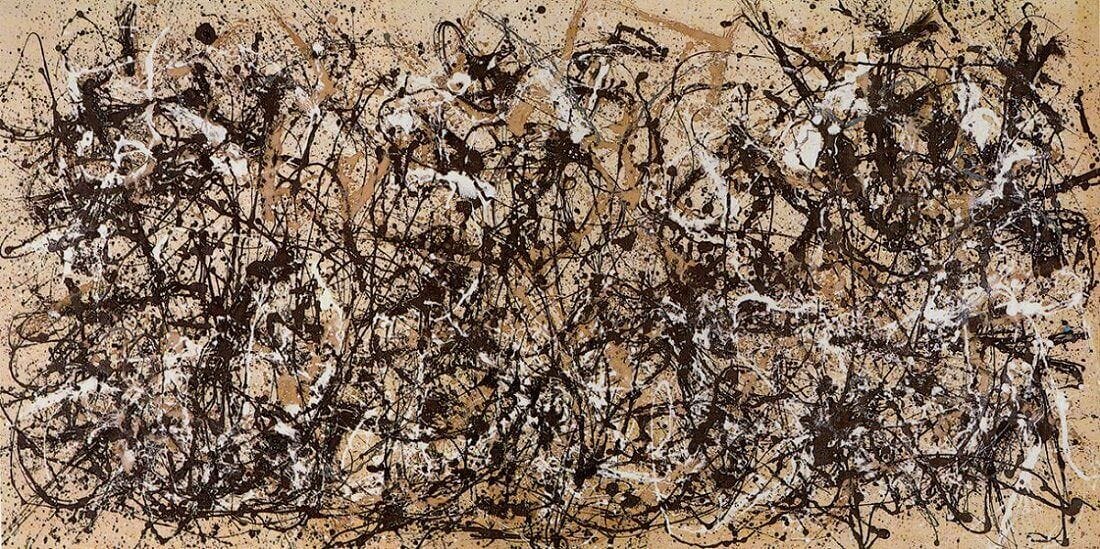Beholder's Share refers to the idea that describes the active role that the viewer plays in interpreting a work of art. The idea is that the artist provides only a partial stimulus, and the viewer's own experiences, expectations, and biases fill in the rest.
The term was first coined by the Austrian art historian Alois Riegl in 1900. Riegl argued that the meaning of a work of art is not fixed, but is constantly being renegotiated by each new viewer. He called this process of interpretation the "beholder's share." But the idea of subjective interpretation is not new. It had existed in philosophy and psychology for centuries.
Ernst Gombrich, the psychologist, argued that the beholder's share is essential to our understanding of all visual images, not just works of art. He called it "the act of completion by the beholder."
The phenomena of subjective interpretation are not limited to the perception of art. They also apply to perception in general, and in knowing, sense-making, and understanding. We have already discussed that knowing is always personal, in the sense used by Michael Polanyi.
It recognizes that purely objective perception is impossible. Our perceptions are always influenced by subjective factors like our motives, assumptions, and past experiences. There is no “innocent eye”.
It has implications for areas like psychology, decision-making, perception of art, and interpersonal communication. Understanding our own "beholder's share" can help minimize biases and misperceptions.
Examples of Beholder’s Share:
Top-down factors shape perception: This suggests our perceptual experiences are not just passive responses to stimuli, but are actively constructed by the brain using prior knowledge and inferences. Things like expectations, moods, motivations, etc. influence what we consciously perceive.

Counterfactual predictions: An example can be seen in the painting of Belgian surrealist artist René Magritte, The Treachery of Images, or "Ceci n'est pas une pipe", French for "This is not a pipe". (Wikipedia article)
“The famous pipe. How people reproached me for it! And yet, could you stuff my pipe? No, it's just a representation, is it not? So if I had written on my picture "This is a pipe", I'd have been lying!”
— René Magritte
Here the artist made use of “beholder’s share” to lead viewers to infer that the object is a pipe, which of course it isn’t.
Sensorimotor contingencies: Abstract expressionist works like Pollock's drip paintings produce a qualitative experience of vitality and movement by implying sensorimotor relationships

Individual differences: People have different conceptual knowledge, associations, priors, etc. based on their unique experiences. These lead to subjective differences in perceiving the same stimuli. Abstract art relies heavily on individual associations, yielding diverse reactions.
Rothko's color field paintings can evoke different emotions or spiritual reactions in each observer based on their subjective associations with colors, textures, etc
Conclusions:
Subjective interpretations of stimuli are caused by prior knowledge, associations, emotions, beliefs, and values. This means that our individual experiences and perspectives shape the way we perceive the world.
These subjective interpretations cannot be fully eliminated. There is no such thing as a fully objective perception.
Subjective interpretation implies that the receiver is actively renegotiating and relating the present with the past and predicting the future. This means that we are constantly making sense of the world around us, and our interpretations are influenced by our memories, our expectations, and our goals.
Subjective interpretations can be both useful and harmful. They can be useful because they help us to make sense of the world around us. However, they can also introduce biases into our thinking.





